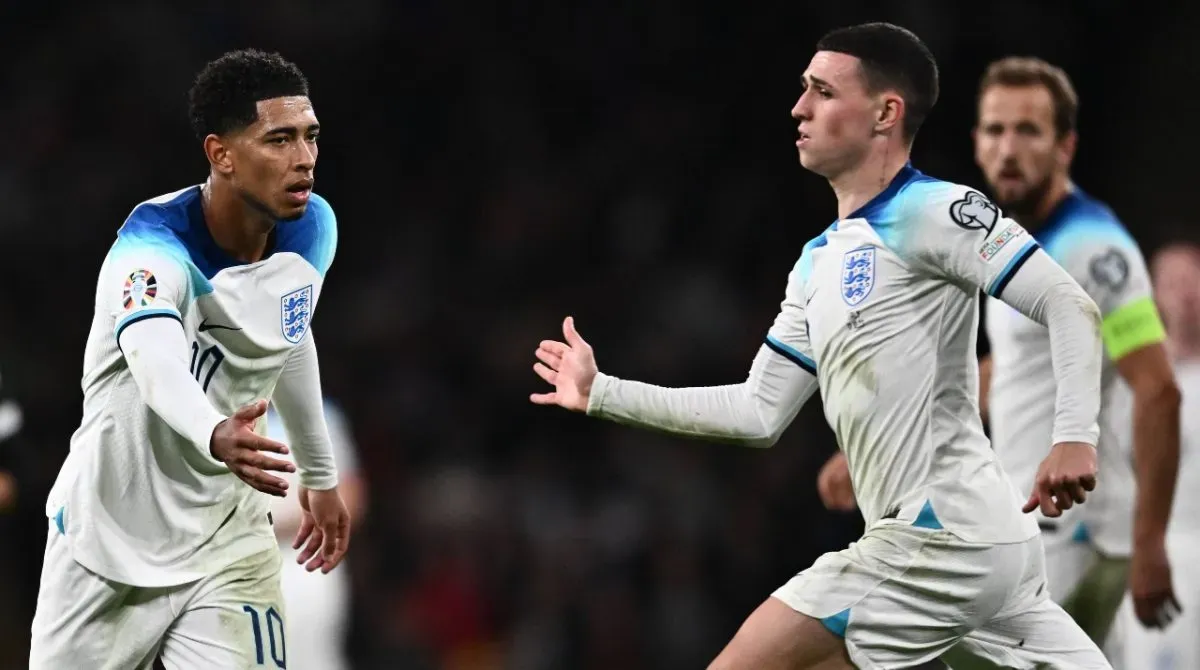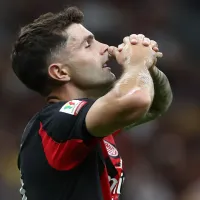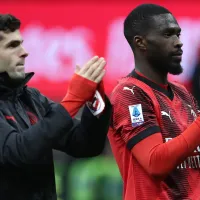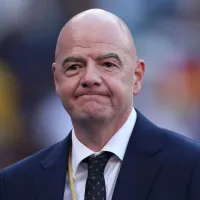Soccer can often follow patterns. Long-term observers of the sport notice a cyclical nature to teams’ dominance. This leads to waves of success followed by years of struggle. Elsewhere, traits will appear among teams that arise years apart yet contain all the signs of previous glories and failures.
One team currently in the stages of a success wave is England. The Three Lions are tentatively boasting something of a new golden generation, some fifteen years after their last one. For those who have watched both, however, it isn’t just positive attributes that the two sides share.
It’s not forgotten that the fabled golden generation failed to progress further than the quarter-finals of any international tournament. It was a major disappointment given the depth of talent in those squads. During that period – roughly between 2004 and 2010 – they were ultimately undone by specific issues. Those same woes are starting to take on an eerily familiar look among today’s squad.
The midfield of the 2000s contained four of the Premier League’s all-time greats. David Beckham, Paul Scholes, Frank Lampard and Steven Gerrard are great. Still, consecutive managers failed to find a balance that brought the coherent best out of them. Prominent among the complaints was that Lampard and Gerrard were often competing for the same patch of pitch. Each wanted to deliver their usual, high-energy impact. The pair comfortably found pockets of space behind the strikers for Chelsea and Liverpool. Obligations to contain some of their more attacking instinct curtailed each player’s potential. A decade-long inability to uncover a way to turn this huge potential into results was key to England’s failure to inflict maximum damage on opponents.
The left-side issue of prior years
That wasn’t the only issue either. Beckam was comfortably positioned on his favored right side. Happily, and successfully, he played in long-raking passes and crosses from out wide. His Manchester United colleague, Paul Scholes, drew the unfortunate role. He shifted to a less familiar left-sided position to accommodate Lampard and Gerrard. At least that was the plan.
In reality, it took away the player most suited to international football from his most effective position. England ceded possession to opponents and frustrated Scholes to the extent he stepped back from international soccer.
That spoke to a second issue among that fabled generation: a lack of natural left-sided players to offer balance to the team. Years down the line, England finds itself with another golden generation of sorts at their disposal, and the pressing issues are all too familiar.
This year’s squad arguably contains more technically gifted players who would happily fit into teams across the continent. Their flaws are similar and in danger of being exposed once again.
Resurfacing issues for England at Euro 2024
The left-sided issue has mutated. Regardless, it threatens to be just as disruptive as before. A shift from 4-4-2 to a more fluid 4-3-3 lessened the need for a left-footed player on the left side of the midfield. Having someone on that side of the pitch naturally inclined to play on the outside immediately adds much-needed width. In recent years, Luke Shaw has often been the man to offer an outside option. His overlapping runs allowed the likes of Phil Foden or Jack Grealish to cut inside to more dangerous areas. With his injury likely to rule him out of much of the tournament, England once again find themselves alarmingly short in that area.
In announcing the England squad for Euro 2024, Gareth Southgate’s omission of recognized left-back cover options in Ben Chilwell and Tyrick Mitchell left onlookers realizing that the role of Shaw’s understudy will most likely fall to Kieran Trippier. The Newcastle man is a talented full-back. However, he is a very right-footed one whose natural inclination to chop back inside onto his right instantly slows down attacks, allows opponents to regain defensive positions and ultimately nullifies the effectiveness of that side of the pitch.

Foden and Bellingham battle for the same space
Ahead of him, we are likely to find England’s familiar problem No. 2: Phil Foden. The Manchester City player, winner of the Premier League’s Player of the Year award, has excelled as a No. 10 this season. Foden adds a clinical goal-scoring edge to his game. He looks far more comfortable in the middle than stationed out wide. The problem for England is that they have another Player of the Year who operates best in that position: Jude Bellingham. For fans and followers of England, it is already starting to have shades of Lampard and Gerard.
Southgate is outwardly confident that players of their ability will be able to work out how to bring the best out of the team – and each other – and has reiterated the importance of where they end up rather than where they start. But these too are echoes from the Lampard/Gerard debate. For a nation whose hopes are higher than most others, it’s vital that England manages to find a way of navigating these issues to prevent history from repeating itself at Euro 2024.
PHOTOS: IMAGO















